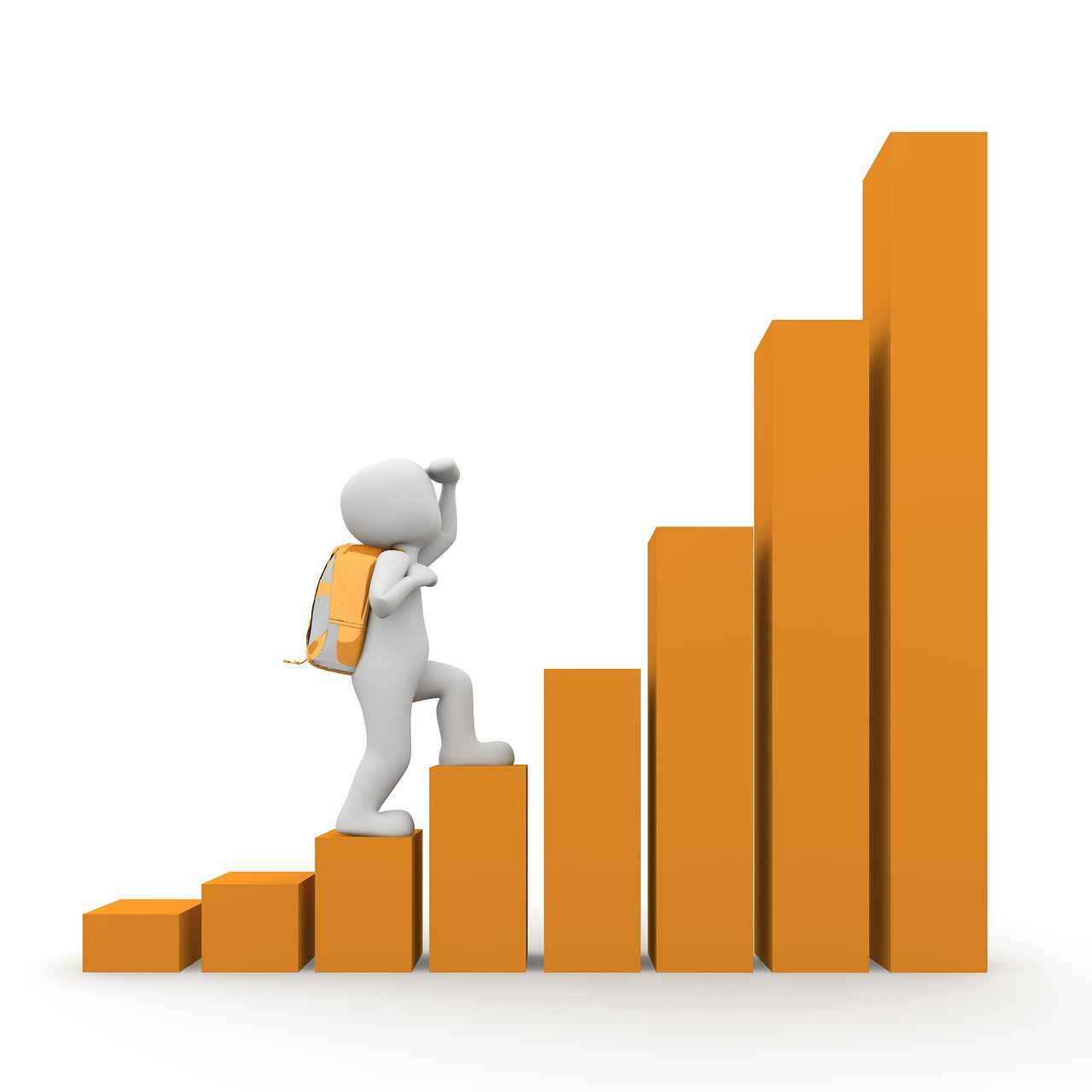Wondering if it’s wise to buy a home when interest rates are climbing? With the Federal Reserve increasing rates significantly since 2022, affordability has understandably taken a hit. Higher rates generally mean more expensive mortgages, yet they often coincide with a strengthening economy. This presents a dilemma: Does a robust economy or higher interest rates influence home prices more? In the short term, high rates might dampen economic growth, but over the long haul, a strong economy tends to bolster the real estate market significantly, providing an avenue to build wealth.
Here’s a breakdown of what you’ll discover about managing home purchases when interest rates are on the rise:
– Understanding how the Fed Funds Rate influences mortgage rates.
– The key factors to consider before buying a home.
– The current phase of the property market cycle.
– The flexibility of refinancing versus the permanence of your initial purchase price.
– The strategic importance of owning at least your primary residence to hedge against real estate fluctuations.
Interest rates and their impact on your decision to buy a home can seem daunting. Often, real estate agents and brokers push potential buyers to make quick decisions out of fear of missing out. However, it’s crucial to consider whether higher rates, by making homes less affordable, might actually reduce demand and cause home prices to drop.
When dealing with salespeople whose incomes derive from transactions, a healthy dose of skepticism is beneficial. Their perspective might always lean towards buying or selling regardless of market conditions.
Understanding the Fed Funds Rate is essential. This rate, set by the Federal Reserve, influences the rates banks charge each other, not directly the rates charged to consumers. It serves as a base for banking activities, encouraging banks to lend more liberally when rates are low to stimulate economic activity.
The real estate and financial markets are intrinsically linked to the Fed’s activities, especially during economic downturns. For instance, when Lehman Brothers collapsed in 2008, it triggered a crisis of confidence, leading to reduced lending and spending. The Fed’s response was to slash the Fed Funds Rate to encourage liquidity and sustain economic flow.
Fast forward to recent years, the Fed cut rates again in 2020 due to the pandemic, leading to a surge in home buying interest despite the overall economic uncertainty.
Inflation and the Fed’s rate adjustments are always of concern. The Fed aims to control inflation and maintain employment levels through various monetary policies, including adjusting interest rates. While inflation can erode purchasing power, controlled inflation is manageable and can even be beneficial for holders of tangible assets like real estate.
The relationship between the Fed Funds Rate and mortgage rates isn’t direct. While the Fed sets the short-term rates, the market determines long-term rates like those on 10-year Treasury bonds, which more closely align with mortgage rates.
Historical data shows that while the Fed Funds Rate and the 10-year Treasury yield have generally declined over the past decades, there have been periods of rapid increases. However, these are typically short-lived and followed by longer periods of stability or decline.
For anyone considering buying a home in a rising interest rate environment, the key takeaway is to focus on long-term financial goals and the overall economic outlook. If the economy remains strong and income levels are rising, higher interest rates may not necessarily deter you from buying a home. Additionally, the option to refinance in the future can mitigate the initial impact of higher rates.
Ultimately, buying a home is a significant decision that should align with both your personal financial situation and broader economic factors. Whether now is the right time to buy depends on your specific circumstances and the economic climate.










































